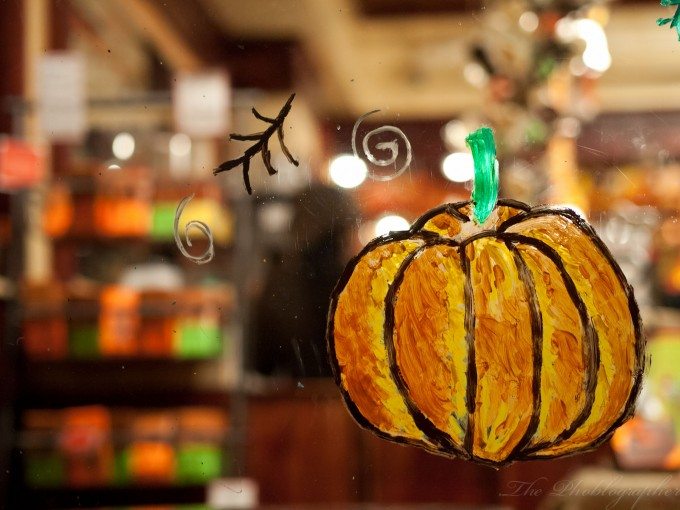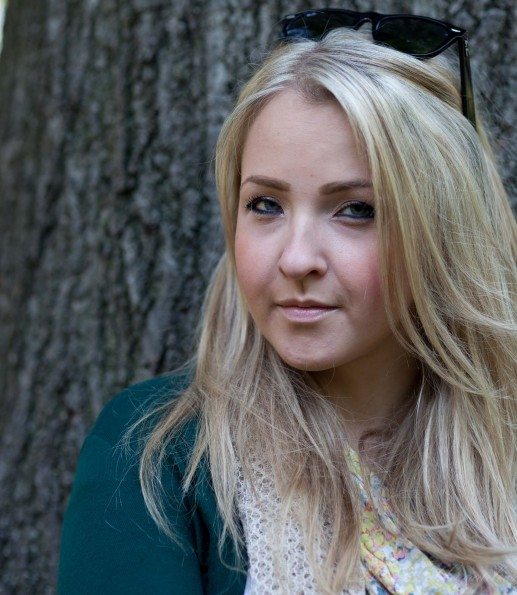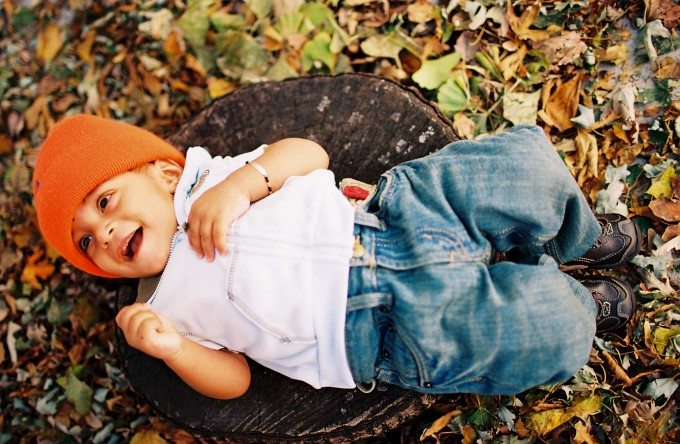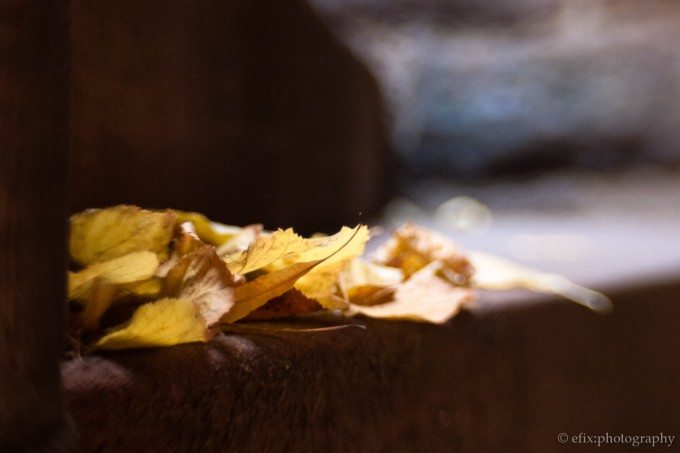
Fall (or Autumn as many of you prefer to call it) is upon us here in the US. Not only does that mean pumpkins, pumpkin lattes, pumpkin ales, sweaters and real shoes but it also means that the leaves are changing colors. Instead of the bright color palette that we were used to over the summer, we’re now changing over to slightly darker colors. The leaves are no longer green as they change to yellow, orange and brown.
And the world becomes a plethora of colors. And while many guides focus on that, we’re not going to sit there and get all caught up in that. Instead, we’re actually going to try to teach you something.
Now that the season is upon us, here are some quick tips on photographing these short couple of weeks.
A Standard Zoom Lens
While we usually recommend prime lenses (and many of us basically only shoot with primes) a standard wide to normal zoom lens is what we really recommend instead. The reason for this is because otherwise, you’ll basically be keeping a wide angle (14, 24 or 35mm) and a normal prime (50mm) on you instead. Then you’ll need to switch out focal lengths often. A zoom is significantly more convenient and the fall tends to bring with it strong winds. When you’re changing your lenses, those winds can potentially blow dust onto your camera sensor.
To prevent that from happening, spring for a zoom lens and crank up the ISO output when needed. For what it’s worth though, we have to recommend Sigma’s 18-35mm f1.8 over basically anything else out there due to its zoom range coupled with its fast aperture. We gave it an Editor’s Choice rating.
Another alternative would be Tokina’s 12-28mm f4 lens.
Getting the Perfect Lighting
While lighting was plentiful during the Summer and Spring, it isn’t so abundant during the fall. Here in NYC, it’s starting to get dark before 6pm as we write this article. That means that the Golden and Blue hours happen earlier.
So if you want to work with just available (or natural) lighting, then plan ahead. You may need to go out for around 10 minutes during your morning commute to capture everything about the fall season during the morning, or you’ll have to use a quick 15 minute break right before work is over.
But lighting isn’t really only about what the sun can give you: it’s also about the clouds and natural shadows that occur.
Look at The Quality of the Shadows
There are three types of shadows that occur, and knowing which ones are which will help you to get better images that will require less work in Lightroom or Photoshop.
The best way to apply your knowledge of these shadows is when it comes to portrait taking–which is where you’ll really have lots of fun.
– Dark Shadows: dark shadows occur when the light is very direct and very bright. Think about a deer in headlights and the really strong black shadows behind it.
It is also possible to get direct shadows with direct flash.
– Medium Shadows: medium shadows occur when the light isn’t as intense–such as in the photo above. These shadows can be tough to find and usually require some sort of cloud coverage, the precise angle of the sun hitting buildings and reflecting off of them, and more. They’re typically the easiest shadows to expose for.
– Light Shadows: Chances are that you’ll only find light shadows if you either use a translucent reflector of some sort or there is thick cloud coverage with the sun behind it. It’s tough to find. But if you find medium shadows and you typically overexpose your image by one stop, you can mimic this look.
Fall and Autumn is About the Colors
While it can be really simple for you to just stand there and shoot away to your heart’s content, we would be doing you a massive injustice and for that I’d even tell you to stop reading us. For what it’s worth, we recommend going out there and experimenting along with creating new ideas. Last fall, I photographed a baby for the first time. Now I’m not telling you to go out and capture your kid in leaves (though it’s kind of cool) but try new angles and perspectives. Additionally, we encourage you to manipulate your scenes or do something to make them less boring than something that could be seen as a standard stock postcard image.
For a start: try composing an image based on colors instead of the rule of thirds.
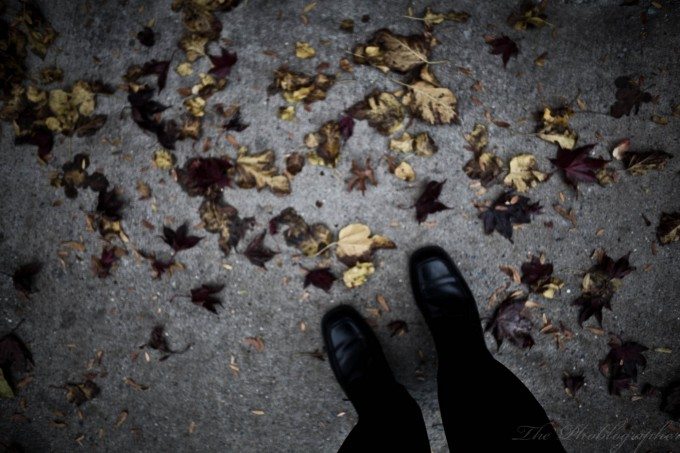
Stay Warm and Mind Your Allergies
We’re going to do the responsible thing and recommend that when you go out to bundle up–especially if you’re going out to photograph for a very long period of time. The weather can change often and even though it may be warm outside, it is much better for you to try to keep your body at a certain body temperature rather than having it try to adapt to sudden changes.
Additionally, this is the season where jackets come in handy and some of them can hold accessories that will help you forego a camera bag if you keep your kit small enough. A mirrorless camera user can easily carry their camera around their shoulder or neck and stuff a small prime lens into a jacket pocket with ease.
We’ll have more advanced fall photography features to come, but start out with this.
Please Support The Phoblographer
We love to bring you guys the latest and greatest news and gear related stuff. However, we can’t keep doing that unless we have your continued support. If you would like to purchase any of the items mentioned, please do so by clicking our links first and then purchasing the items as we then get a small portion of the sale to help run the website.


